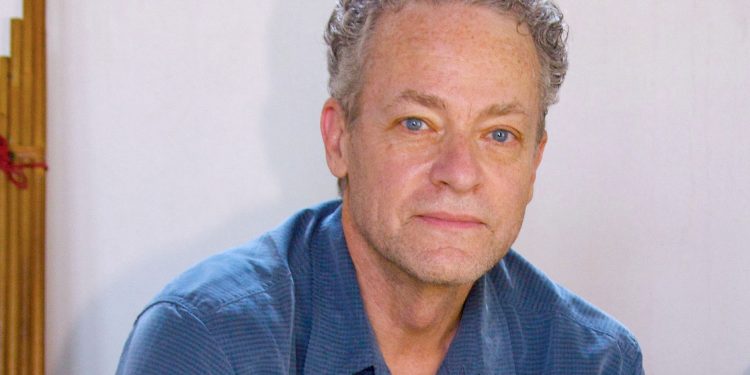On Oct. 25, Warren County Public Library welcomes renowned environmentalist Terry Garcia, who will present “Our Changing Ocean”: a discussion on how and why the ocean is changing, its importance and how we should respond to these changes.
Garcia is CEO of Exploration Ventures and was executive vice president and chief science and exploration officer for the National Geographic Society.
“I’ve always had an interest in conservation, exploration and the ocean,” Garcia said. “In 1994, I was offered the opportunity of a lifetime.”
President Clinton appointed him general counsel of the National Oceanic and Atmospheric Administration, and Garcia became the Assistant Secretary of Commerce for Oceans and Atmosphere and Deputy Administrator of the National Oceanic and Atmosphere Administration. Six years later, Garcia joined National Geographic, where he oversaw the organization’s science, conservation and exploration programs.
He’s traveled to more than 90 countries, with adventures ranging from finding the long-lost Gospel of Judas to a hidden city in the jungles of Honduras. From racing to find a gold cache in war torn Afghanistan to searching for hidden chambers inside the great Pyramid to searching the Black Sea for shipwrecks and evidence of a “great flood.”
“But through out it all, the ocean captures my imagination in ways that few other things do,” he said. “And while the public tends to associate outer space most often with exploration, the truth is, some of the greatest unexplored regions today lie at the bottom of the ocean … The fact remains that we know more about the dark side of the moon than the deep ocean. And new technologies are making these places more and more accessible—so much so that I believe the 21st century will be the greatest age of exploration in the history of humankind.”
He says the ocean’s recent changes are the most alarming.
“Over the past 50 years, we have done the unthinkable: We have changed the very chemistry of the ocean,” Garcia says. “The old adage—“the solution to pollution is dilution”—is no longer true. If it ever was. The deposition of carbon dioxide from the atmosphere into the ocean has made the ocean more acidic … The last time the oceans got this acidic, this fast, was 252 million years ago when 96 percent of marine life went extinct.”
Garcia has taken on some pretty expansive projects in his career. In 2010, President Obama appointed him to serve on the National Commission on the BP Deepwater Horizon Oil Spill and Offshore Drilling. He also worked on an initiative called the Pristine Seas Expeditions.
“The objective was to explore the last truly wild, untouched pristine places on the planet,” he said. “To survey and better understand them and then bring attention and hopefully protection to some of the last intact natural wonders in this world. These expeditions confirmed that the advantages—ecological and economic—of keeping these places pristine far outweighs the short-term benefits of exploiting them.”
Since its launch, the project has been involved in the creation of 16 protected areas covering more than 5 million square kilometers of ocean, with the focus on creating 20 Marine No Take Areas by 2020.
In 2012, National Geographic partnered with James Cameron who dove to the Earth’s deepest point, 11 kilometers down in the Pacific Ocean’s Mariana Trench. Cameron was the first human to reach the trench solo, and collected scientific data, specimens and visions unthinkable in 1960, when the only other manned Challenger Deep dive took place.
“For the first time in 50 years, we returned to the deepest point on the planet,” Garcia said. “It’s remarkable to think that we’ve visited the moon six times and launched humans into space hundreds of times and yet only twice have we visited the deepest place in the ocean, our backyard.”


















